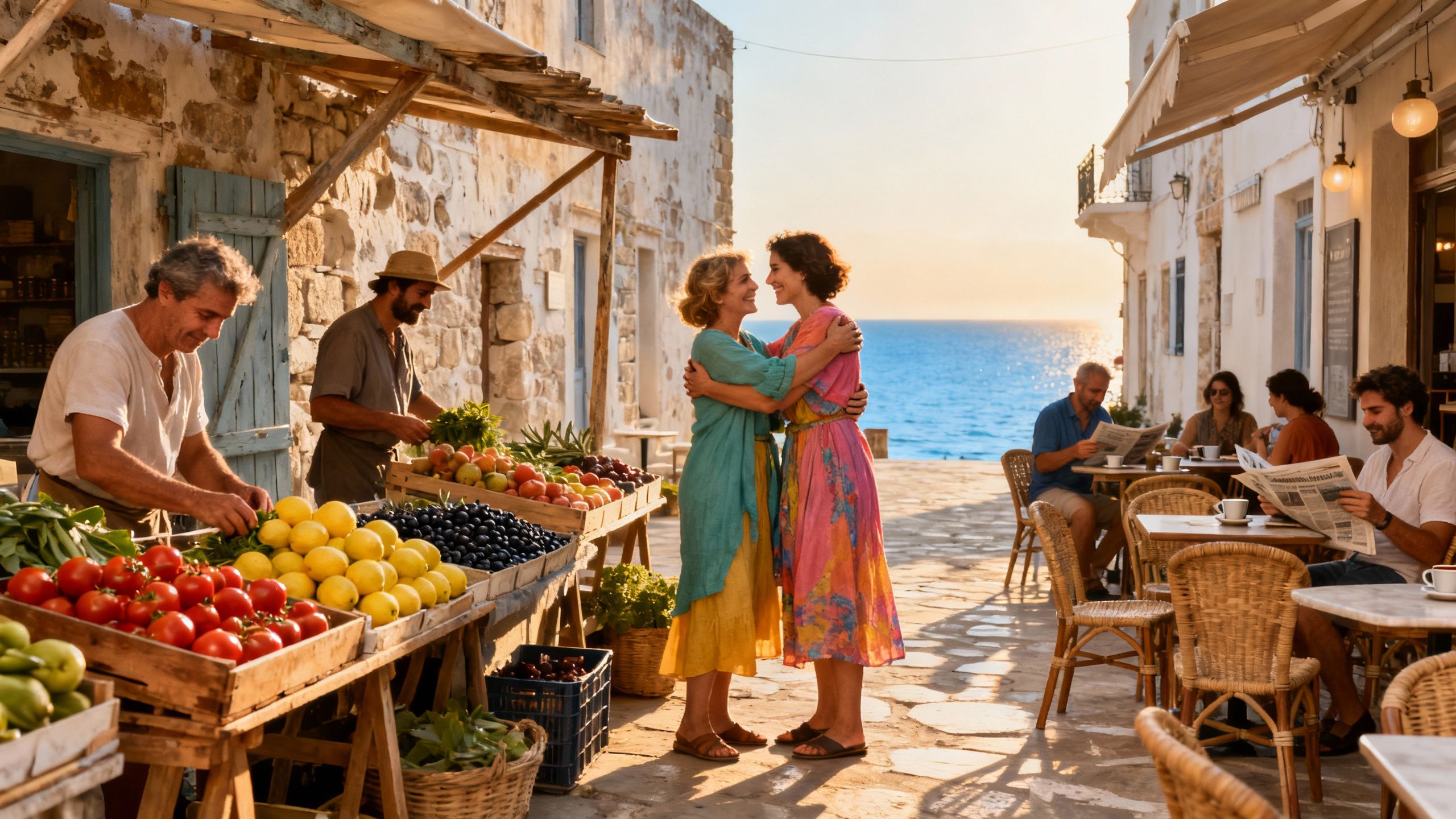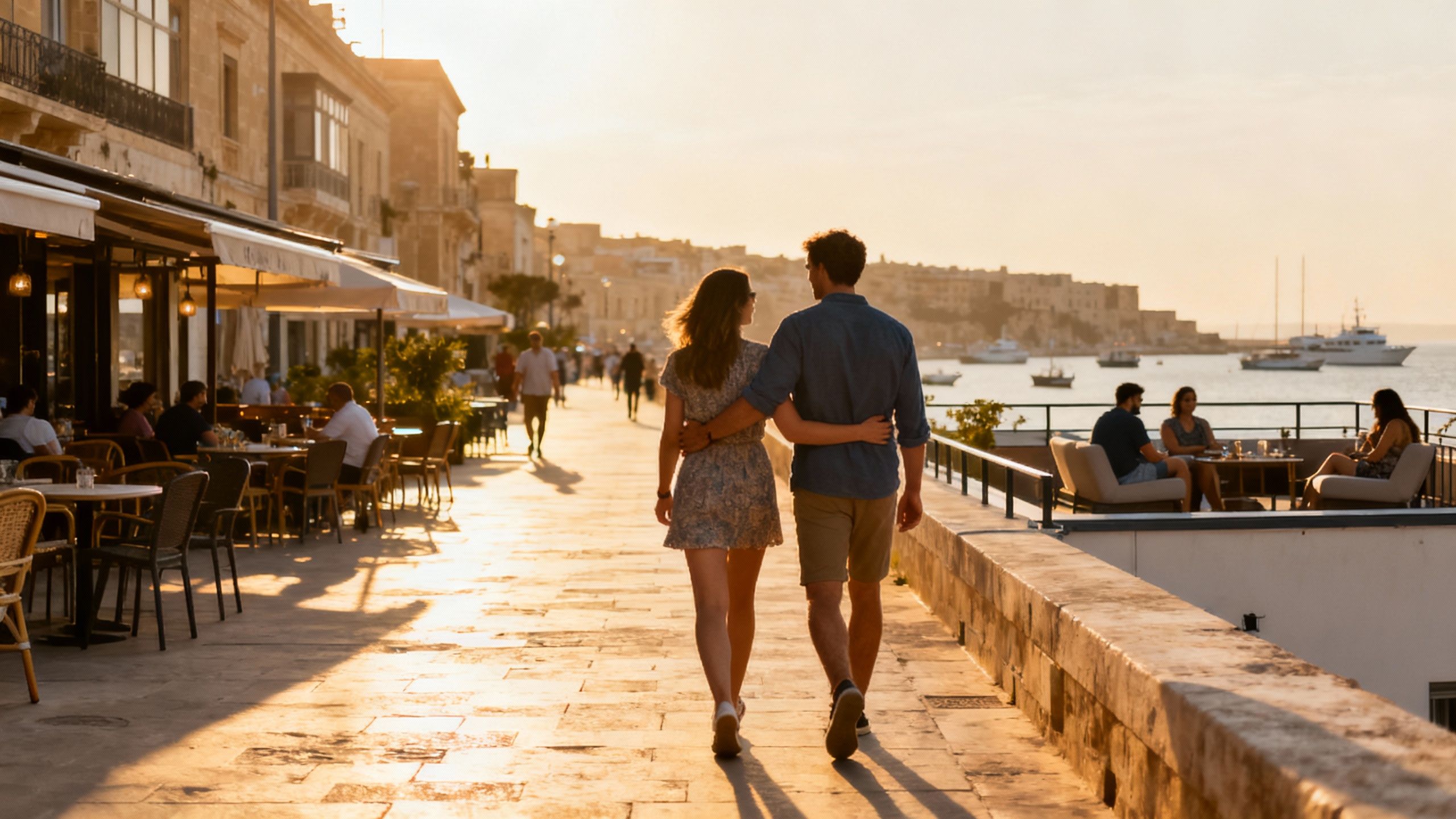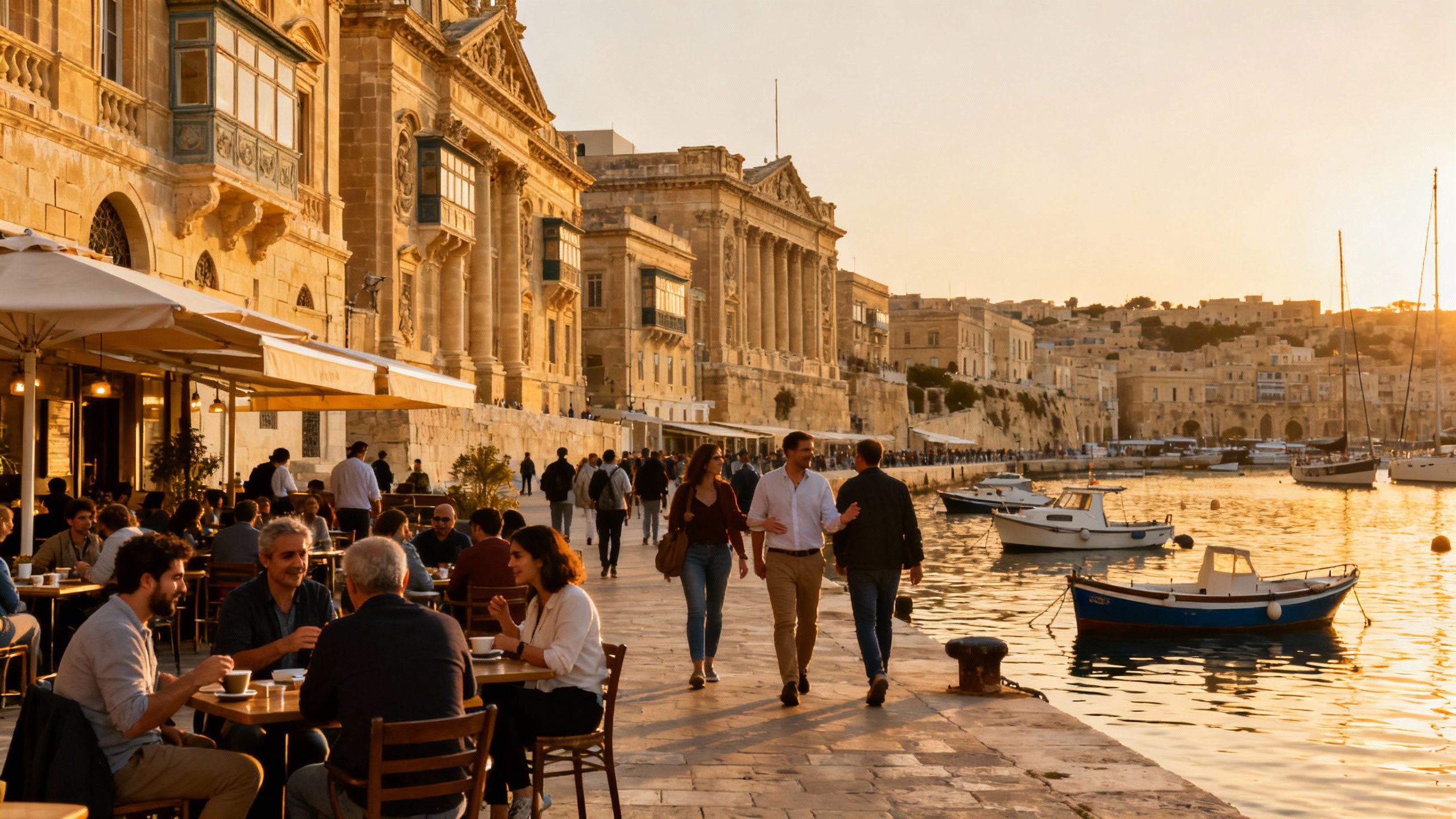When the Adriatic Shakes: Insurance Realities in Croatia
Practical protection for the Croatian life: why earthquake, vacancy and coastal risks must be priced into any international buyer’s purchase plan, with local sources and steps.
Imagine a sun-washed terrace on a quiet Dalmatian street, espresso steam rising while fishermen pass under stone arches. That daily tableau — market, café, sea — is what draws many of us to Croatia. But that life sits beside tectonic plates, seasonal storms and a regulatory texture that shapes what protection you need. This piece pairs the sensory with the specific: how to protect the life you want in Croatia, not just the walls that shelter it.
Living the Croatian life: rhythm, place, material

Morning in Split’s Veli Varos, late‑afternoon in Rovinj’s Balbi, evening promenades in Dubrovnik: Croatian life is measured in neighbourhood rituals. Streets are lived rooms, markets set the day’s tempo and stone-built architecture keeps the sun’s heat and the Adriatic’s light in elegant balance. Those textures—pulled limestone steps, shuttered windows, terracotta rooflines—are why a property here feels like ownership of a place as much as of a house.
Zagreb to the islands: small differences that matter
The everyday in Zagreb (Gornji grad, Tkalčićeva) is a different cadence from island life on Hvar’s Stari Grad or Korčula’s main street. Inland, winters are cooler and masonry heating matters; on the coast, exposures to wind, salt and summer tourism shape maintenance and insurance priorities. Choose a property for the life you plan to lead — not only for its sunset view.
Food, markets and local anchors
Picture buying produce at Dolac market in Zagreb, an evening fish dish in Split’s Varos, or chestnut-strewn walks in Istria. These rituals determine proximity priorities: a compact flat near a market gives a different life (and different insurance exposure) than a secluded stone villa accessed by a single coastal road.
- Lifestyle highlights to consider when assessing protection needs:
- Living near historic centres (Dubrovnik Old Town, Split Riva): greater heritage restrictions, high tourist footfall and specialised restoration needs.
- Island properties (Brač, Hvar, Korčula): salt corrosion, ferry-dependent access and seasonal vacancy risk.
- Inland stone houses (Istria, Zagorje): roof and masonry maintenance, winter weather wear and potential landslide exposure.
Making the move: practical considerations that preserve lifestyle

Before you fall in love with an address, understand the legal frame. EU/EEA citizens enjoy near‑parity of purchase rights; many third‑country nationals require Ministry permission and reciprocity checks. That procedure affects timing, financing and the ability to use a property as collateral — all factors that influence the insurance terms a lender or insurer will require.
Property types, risk profiles and cover you actually need
Structural cover (fire, storm, water damage) is common; earthquake cover is usually optional and priced separately. For stone houses, add roof, debris removal and liability for terraces; for coastal homes, consider corrosion and salt-driven wear. If you intend seasonal letting, verify policies for vacancy and short‑term rental liability — many standard household policies exclude commercial occupancy unless declared.
- Practical steps to align lifestyle and protection
- 1. Map usage: register intended use (primary home, seasonal let) with your insurer to avoid claim refusals.
- 2. Add catastrophe covers: earthquake and flood endorsements where exposure exists; consider named-storm cover along exposed coasts.
- 3. Vacancy clauses: if you plan long off-season absences, secure a policy that allows defined vacancy periods or arrange local caretaking to maintain continuous cover.
Insider knowledge: the protection habits expats wish they’d had
A crucial reality: earthquake uptake remains low. After the 2020 Zagreb tremors insurers saw premiums and demand climb, yet large gaps persist. For many expats that translated to slow recoveries and difficult restorations. The lesson: do not treat earthquake cover as optional if your property or building stock sits in higher‑risk zones.
Cultural and administrative quirks that change the calculus
Market pressure along the Adriatic has lifted prices (notably in prime coastal towns), which changes replacement-cost calculations for insurers. Simultaneously, recent policy proposals to shift tax burden toward property owners mean holding costs may change; factor potential tax adjustments into long-term insurance budgeting and succession planning.
- Red flags local buyers learn to spot:
- Uninsured communal elements in older apartment blocks — ask for recent condominium insurance certificates and minutes on works.
- Overstated structural condition on coastal listings — seek an independent survey focused on salt damage, roof timbers and foundations.
- Policies that exclude short‑term letting — declare intended rental use or arrange separate commercial cover.
How local advisors change outcomes
A lawyer who reads land‑registry entries in Croatian, an insurer familiar with coastal corrosion claims, and an agency that knows which streets see seasonal vacancy — together they remove guesswork. Ask an advisor to produce a short risk memo for any property: hazards, likely policy exclusions and a replacement‑cost estimate matched to local rebuild pricing.
- Steps to an insured, resilient purchase:
- 1. Commission a condition survey and an insurance-risk memo before offer.
- 2. Verify existing policies (condominium and owner) and note any waiting periods for catastrophe cover.
- 3. Price in periodic maintenance (roof, limewash, salt mitigation) as an ongoing insurance optimisation rather than a one‑off cost.
- 4. Arrange a local caretaker or property manager for off‑season attendance to satisfy vacancy clauses.
Conclusion: the life you want in Croatia is best protected by marrying the local life with tailored protection. Insure the rhythms — market visits, island absences, heritage restorations — not only the bricks. Begin by asking a notary or lawyer for a brief title and risk note, secure condition and replacement‑cost estimates and consult insurers about earthquake and vacancy endorsements. When those elements are aligned, the terrace, the market and the evening light become reliable parts of your long view.
Norwegian with years in Florence guiding clients across borders. I bridge Oslo and Tuscany, focusing on legal navigation, cultural context, and enduring craftsmanship.


